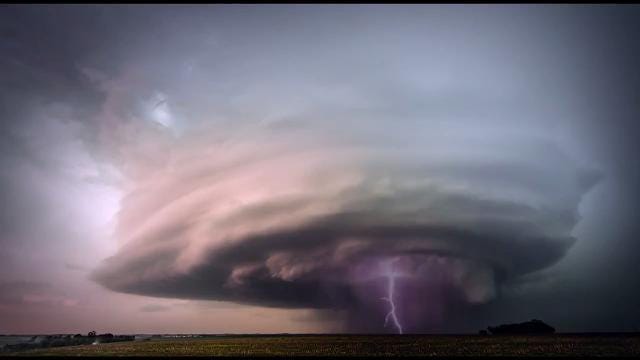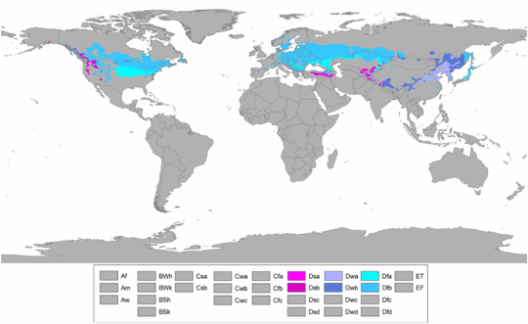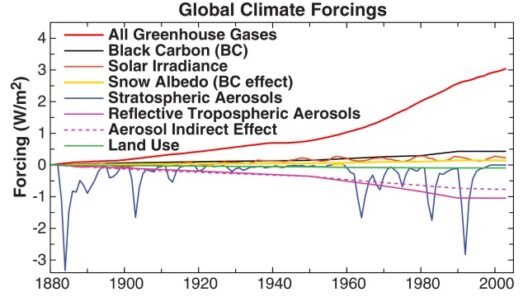Global warming, an inexorable tide in our contemporary narrative, can often feel abstract and obscure. Yet, at its core, it is a tangible phenomenon driven by an element we experience daily: carbon dioxide (CO2). Understanding the role of CO2 in global warming reveals not only the mechanics of our changing climate but also the innovative solutions that may lie ahead.
To grasp the implications of CO2, consider the Earth as a grand symphony. Each instrument represents a component of our climate system. Sunlight acts as the conductor, orchestrating warmth that resonates through the atmosphere. Carbon dioxide, then, is akin to a crucial section of strings—melodious yet potentially overpowering if played too loudly. A delicate balance exists; this balance has been disrupted through centuries of industrial emissions. CO2 concentrations in our atmosphere have soared to levels unprecedented in millions of years, establishing a dissonance that intensifies the effects of climate change.
Let us delve into the science of CO2. It is a naturally occurring greenhouse gas, constituting a mere fraction of our atmosphere—around 0.04%. However, its impact is profound. Greenhouse gases function like a cozy blanket around the Earth, trapping heat that would otherwise escape into space. This phenomenon is fundamental, allowing our planet to maintain a habitable temperature. Yet, the melody of balance has been jarringly altered due to anthropogenic activities, namely fossil fuel burning, deforestation, and industrial processes.
As human activities resumed their incessant march over the last two centuries, CO2 levels spiked, with the Keeling Curve—a graph documenting atmospheric CO2 concentrations—bearing witness to this alarming trend. Each increment of CO2 in the atmosphere resonates like a crescendo, driving global temperatures higher and deeper into uncharted territory. Since the late 1800s, the Earth has warmed approximately 1.2 degrees Celsius. While this may sound modest, this relatively slight change harbors colossal implications for ecosystems, weather patterns, and human life.
Climate feedback loops serve as an intriguing component of this narrative. Imagine them as cascading waterfalls in a verdant rainforest. Once the water starts flowing, it cannot easily be halted. For example, as the Arctic ice cap melts due to rising temperatures, the resulting decrease in reflectivity, or albedo, allows more sunlight to absorb into the ocean, further accelerating warming and ice melt. Similar scenarios unfold with permafrost, as thawing releases additional quantities of CO2 and methane—another potent greenhouse gas—trapped for millennia. Each feedback loop reinforces the dissonance, amplifying the symphony of climate change.
Contrary to popular misconception, CO2 is not an unequivocal villain in our environment. In fact, it plays a vital role in photosynthesis, the process by which plants convert sunlight into energy. By absorbing CO2, plants produce oxygen, the elixir of life that sustains an array of organisms. So, the dilemma lies not within CO2 itself but within excessive concentrations that disrupt the intricate balance of our climate system. The challenge ahead is not to eliminate CO2 entirely but to mitigate its overabundance through sustainable practices that honor both human progress and ecological integrity.
Renewable energy sources—the harmonious instruments in this symphonic struggle against global warming—enter the scene as beacons of hope. Technologies such as solar, wind, and hydropower hold the potential to replace carbon-intensive fossil fuels, thus allowing us to decouple our energy needs from CO2 emissions. These renewable energies operate in perfect concord with the Earth’s natural rhythms, harnessing rather than depleting her resources. As more countries transition to green energy, the collective harmony begins to resonate beyond borders, fostering international cooperation and innovative technological developments.
Transitioning to a sustainable future, however, requires a multifaceted approach. Carbon capture technology emerges as a curator in the art of climate change mitigation. Factories, power plants, and other significant emitters are adopting mechanisms to capture CO2 before it enters the atmosphere. The potential for transformation lies in developing effective storage solutions for this captured carbon, whether through geological storage or transitional uses in products such as concrete. Herein lies the unique appeal: transforming a problem into a resource, thus allowing CO2 to play a constructive role rather than solely a destructive one.
Another dimension of this process involves conservation efforts, enhancing carbon sinks like forests and wetlands that sequester carbon naturally. Reforestation and afforestation can breathe life back into endangered ecosystems and pave a path towards carbon neutrality. Moreover, sustainable agricultural practices that replenish soil rather than deplete it can sequester significant amounts of carbon, reinforcing the symbiotic connection between land use and climate stability.
In conclusion, the narrative of global warming must encompass not only the alarming trends and challenges but also the creative solutions poised to rewrite our symphony. Carbon dioxide serves both as an enigma and a catalyst; it embodies the urgent need for change yet illuminates the path toward a sustainable future. As the world grapples with the climatic symphony of our age, the need for resilience and innovation rings clear. With each deliberate note played towards sustainability, we may find not just a tune of survival but a harmonious existence with the Earth itself.








